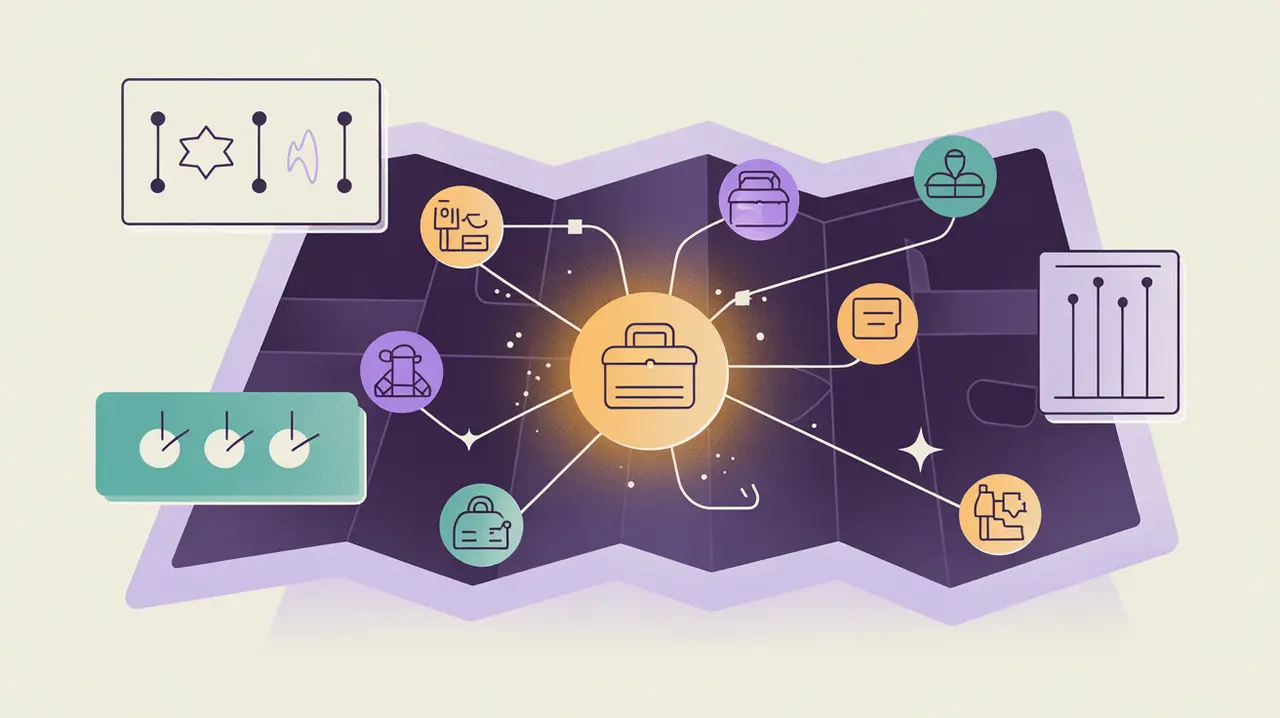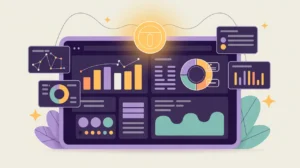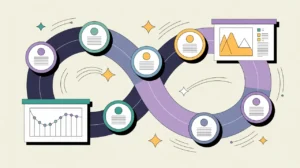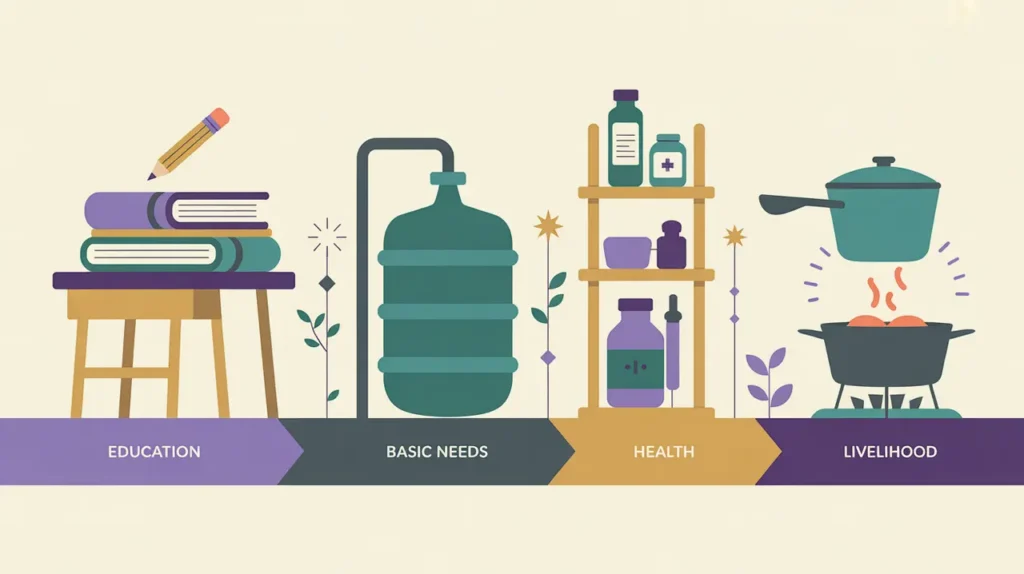What Does Solution Scaling & Adaptation Involve?
Solution scaling and adaptation is the stage where tested and delivered solutions expand their reach and evolve for different contexts. Scaling focuses on broadening access by replicating or growing a solution across regions, populations, or sectors. Adaptation ensures the solution remains relevant by adjusting to cultural, environmental, and systemic differences. Together, they enable impact to move from isolated pilots to widespread change.
In practice, scaling can involve replication through partner organizations, licensing models, franchise approaches, or policy integration. Adaptation requires contextual research, co-creation with new communities, and iteration to fit local needs. It is rarely linear; scaling and adaptation happen in cycles, as solutions expand and refine to maintain fit and effectiveness.
Organizations that scale without adaptation often face rejection or limited uptake. Those that adapt without scaling may remain impactful but small in reach. Successful nonprofits balance both, extending reach while preserving fidelity to what works and flexibility for local relevance.
What Competencies are Associated with this Role?
Scaling and adaptation require strategic vision, partnership-building, and flexibility. Competencies include:
- Designing scaling models (replication, partnership, licensing, policy adoption)
- Conducting contextual research for adaptation
- Managing fidelity vs. flexibility in solution replication
- Building partnerships with governments, NGOs, and private sector actors
- Securing resources for scale-up
- Monitoring scale effectiveness and impact drift
- Coordinating adaptation processes with local stakeholders
- Documenting scaling pathways and lessons learned
- Advocating for integration into systems and policies
- Balancing growth with sustainability and equity
How Might AI and Automation Help this Role?
AI and automation can make scaling smarter and adaptation faster. Opportunities include:
- Predictive analytics to identify regions or populations with high adoption potential
- Automated translation and localization of content
- AI-powered scenario modeling for different scaling strategies
- Machine learning to detect signs of impact drift at scale
- Generative AI to adapt training materials for diverse audiences
- Automated dashboards to track scaling progress globally
- AI-driven mapping of partnership opportunities
- Simulation engines to test adaptation scenarios before implementation
What are the Roles by Experience Level?
Scaling and adaptation roles vary widely, often overlapping with strategy and partnerships:
- Entry: Research Assistant, Adaptation Associate 6 gather contextual data, support localization efforts
- Mid: Scaling Officer, Partnerships Specialist 6 coordinate replication efforts, manage adaptation logistics
- Senior: Scaling Manager, Adaptation Lead 6 design scaling models, oversee multi-region rollouts, maintain fidelity vs. flexibility
- Executive: Director of Strategy, Chief Solution Officer 6 lead global scaling strategy, secure systemic adoption, manage high-level partnerships
How Transferable are the Skills from this Role?
Scaling and adaptation skills transfer across international development, corporate expansion, and innovation ecosystems. Within nonprofits, they prepare staff for strategy, program leadership, and partnerships. Beyond nonprofits, these skills align with product scaling, market expansion, and change management in the private sector. The ability to grow reach while adapting to diverse contexts is valuable wherever solutions must scale responsibly without losing integrity.







